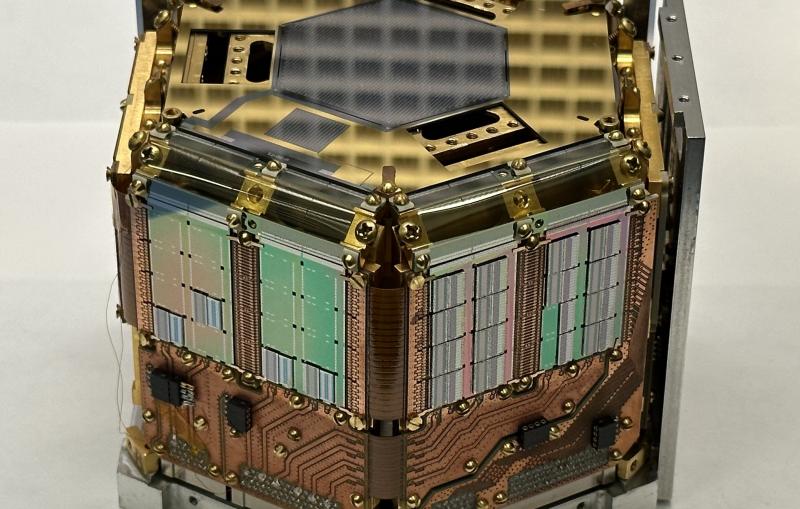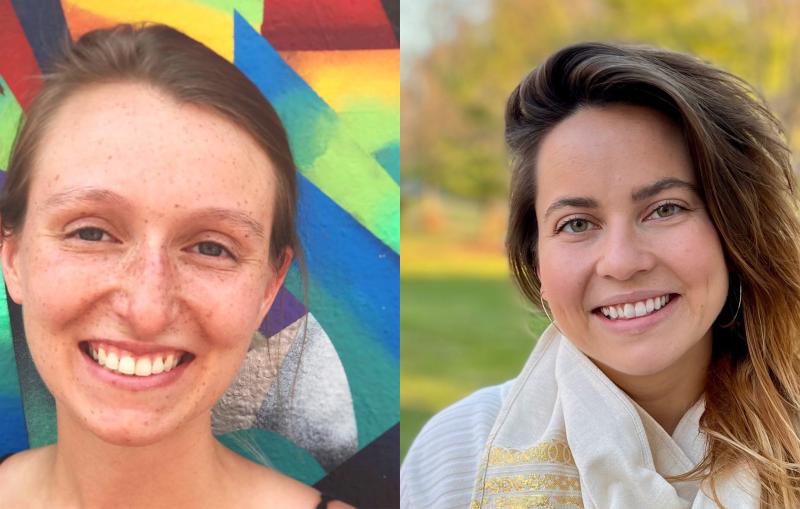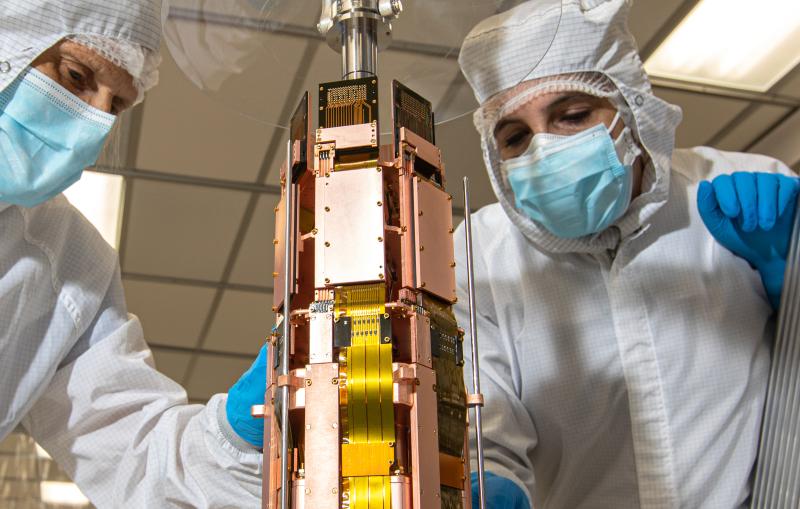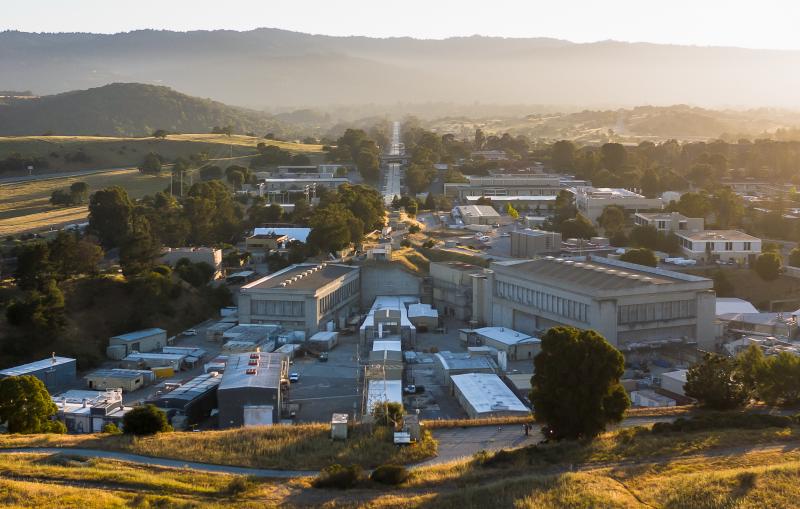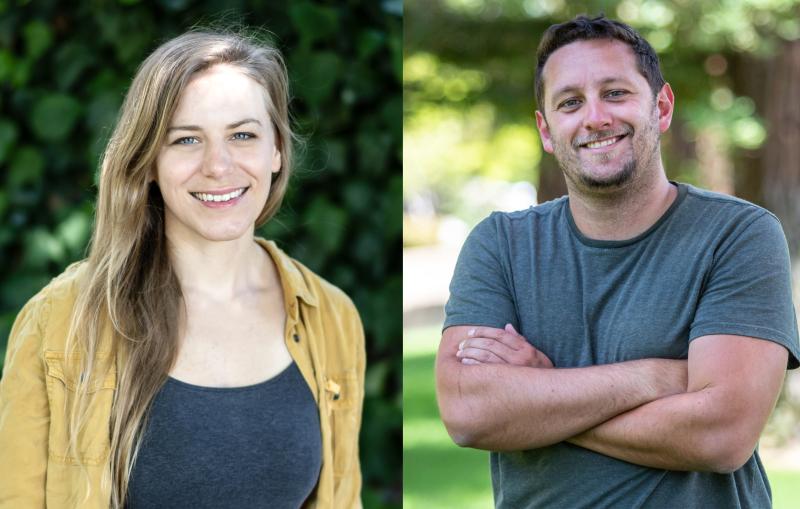June 19, 2018
Waiting for a Sign
Some scientists spend decades trying to catch a glimpse of a rare process.
Some scientists spend decades trying to catch a glimpse of a rare process. But with good experimental design and a lot of luck, they often need only a handful of signals to make a discovery.
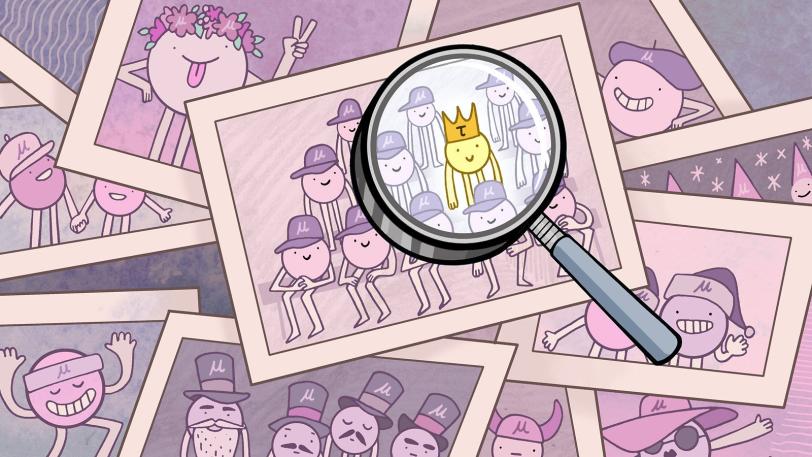
Dig Deeper
